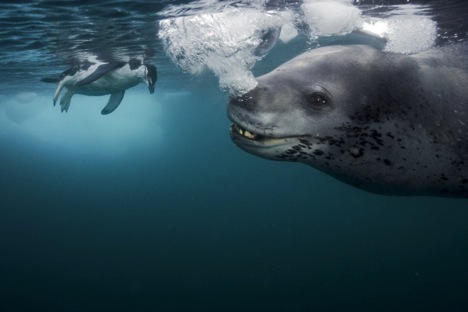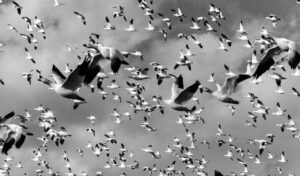PHOTOJOURNALISM

Paul Nicklen is a National Geographic photographer that focuses on the environment and climate change.
According to Webster’s dictionary photojournalism means using photographs to report news stories in magazines or newspapers. Photojournalism has changed a lot over the years and material gets published online as well. Photojournalism distinguishes itself from other forms of photography such as documentary and street photography because it doesn’t show “life” according to the Nieman Reports. Photojournalism is frozen instants so it leaves the viewers with a biased view and they make up their own mind based on the shot.
Photojournalists make a living by going on assignments for companies. NPPA is an agency that represents photojournalists. I would join this organization because I would have the opportunity to meet and network with some of the top photojournalists in the field. There is a professional membership that costs $110 and a student membership that costs $65. Some of the benefits I would get would be to find a job, connect, and grow as a professional. Redux Pictures, Mast Photography, and Black Star are agencies that represent photojournalists.
Photojournalism began in 1835 when the first known photojournalist landed on the scene. Carol Szathmari a Romanian photographer documented the Crimean War.
The Golden Age of photojournalism was the invention of the first commercial flash bulbs in 1927 and the first 35mm Leica camera. Three top photographers of this time were Walker Evans, Dorothea Lange and Gordon Parks.
A contemporary source of photojournalism is National Geographic. Paul Nicklen is someone I admire because he is a conservationist and interprets climate change with his shots.








